Saffron might not be on your growing list yet, but I'd like to introduce you to a special plant: the saffron crocus . From these tiny flowers, you can extract the most expensive spice in the world. Yes, really! Saffron is the red threads (actually the stigmas) from the heart of the flower. One gram easily costs ten euros – that's about 400 threads. Luckily, you only need a few per dish. Three threads per person is enough to create something truly magical.
Each saffron crocus has three of these threads. So with 25 plants, you can make 25 delicious treats. The darker the saffron, the better the quality.
What do you use saffron for? Think curries, couscous, chicken, risotto, paella, and stews. The flavor is hard to describe, but it's a combination of sweet, earthy, floral, and a touch spicy. And then there's the color: it gives your dish a golden yellow —like adding a touch of sunshine to your plate.
Most saffron comes from Iran, but did you know you can also grow it yourself? And it's not complicated at all. Below, I'll explain step by step how to do it.

In our webshop, you can find high-quality saffron crocuses . Our bulbs are type 10+, meaning they are extra large and produce a yield in the first year. Smaller bulbs on the market only start blooming in the second or third year.
How to plant saffron crocus?
It all starts with planting the saffron crocus . Crocuses grow best in poor, well-drained soil, preferably in a spot with full sun .
Plant the bulbs 15 cm apart and 15 cm deep from mid-August to mid-September in a sunny spot.

Short on space in the ground? Saffron is also perfect for growing in a pot. Ruud shows you how in this Instagram Reel .
Saffron crocus care - watering
Saffron crocuses bloom in the fall, around October. This means they're dormant during the summer and spring. Water them especially well after planting and during their flowering period. The rest of the year, occasional rainwater is sufficient. Admittedly, growing the world's most expensive spice is very simple .
When to harvest saffron?
And now for the real deal: harvesting your homegrown saffron. Around October , your saffron crocus will bloom. This is the perfect time to harvest the flower. Be careful! You're harvesting the entire flower, not just the red stamens. Cut the flower as close to the ground as possible. Then carefully harvest the beautiful red stamens. It's best to do this in the morning, after the dew has dried.
Never harvest your saffron by hand; use tweezers instead. This allows you to harvest precisely without damaging the saffron threads. You'll harvest the entire flower, but leave the leaves on the plant. This encourages the bulb to bloom a second time in the same season.

Saffron consists of the orange-red female flower parts (the stigmas) of a saffron crocus. These must then be dried in an oven or dehydrator at 40-50°C (104-122 °F) until slightly crispy , about 15 to 30 minutes. You can also dry them on a radiator or in the sun, but this will take longer. The saffron must be thoroughly dry; this is the only way to store it. If you're not using an oven or dehydrator, don't dry the stamens on a paper towel or tea towel. There's a high risk of some of the saffron aroma remaining on the paper. Use a drying rack or baking sheet.
After harvesting the flower, only a few leaves remain on your saffron crocus. It's important not to cut these leaves away. This allows the plant to continue photosynthesizing (absorbing energy from the sun), which is crucial for the following year.
Around May, the plant begins to visibly die back. From then on, you can cut the leaves back to the ground. The bulbs do not need to be dug up. They will begin growing again in late August and bloom again in October.
Saving your home-grown saffron for later

After the saffron threads have dried, they should be stored in an airtight container, such as a glass jar or a tightly sealed tin. We recommend storing the saffron in an airtight, dark place for a month before using this red gold in a dish.
This allows the saffron to rest, develop its delicious aromas, and preserve it for years. Store the saffron in a cool, dry, and dark place. It can easily be stored for one and a half to two years without loss of quality.
Propagating saffron crocus
The saffron crocus , like many other flower bulbs, reproduces vegetatively. One bulb will produce several bulbs each year. The saffron crocus burrows deeper and deeper each year. Therefore, you should dig up the bulbs after three years and replant them (15 cm deep and 15 cm apart).
Note! Saffron crocuses are winter-hardy down to -10°C. So keep a close eye on the weather forecast. If it gets colder, it's best to dig them up and bring them indoors. You can plant them back in the ground next spring or summer. The bulbs won't grow anything the rest of the year.

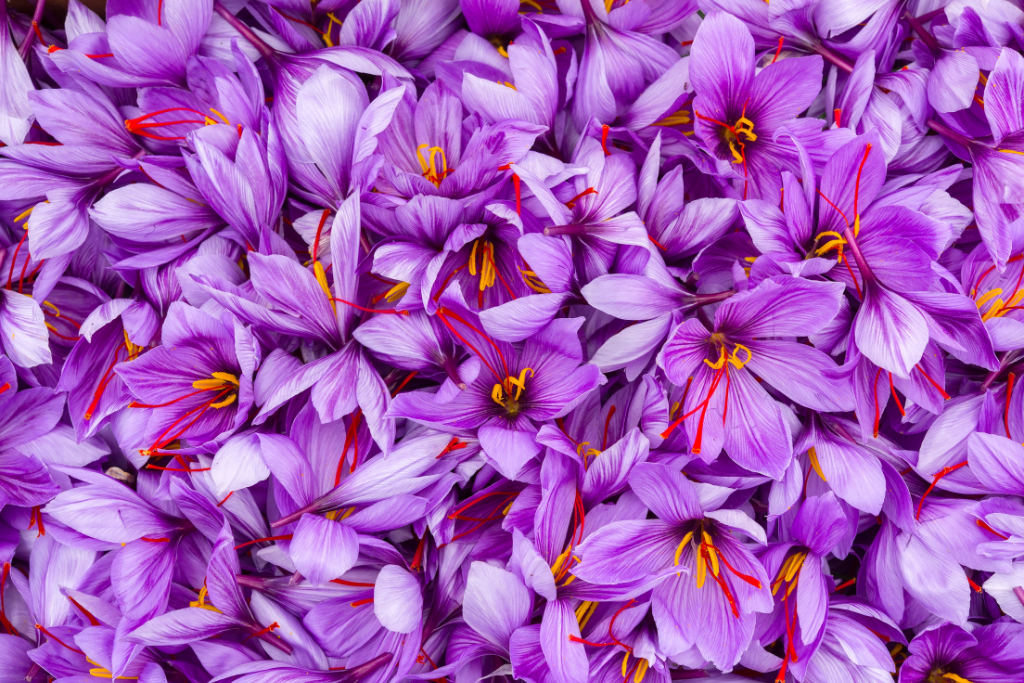
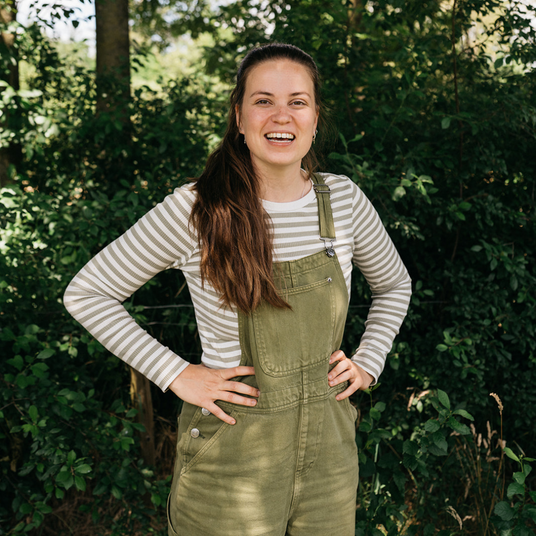
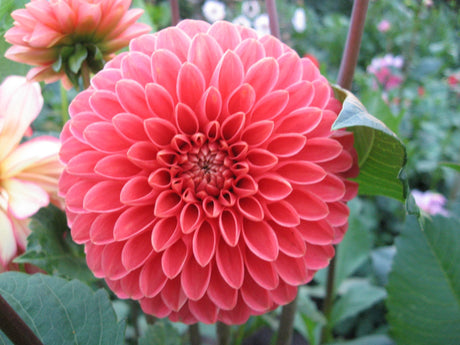
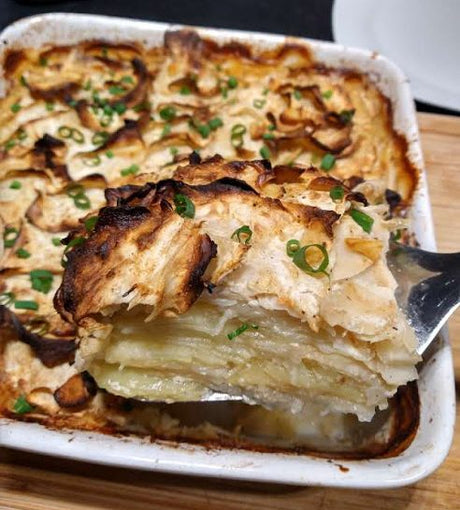

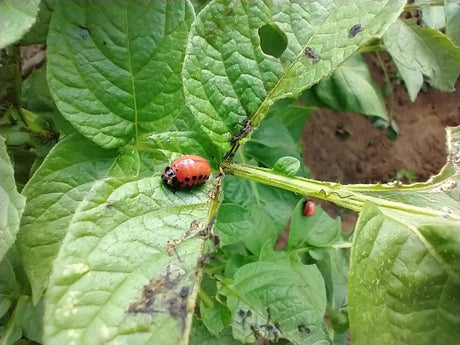

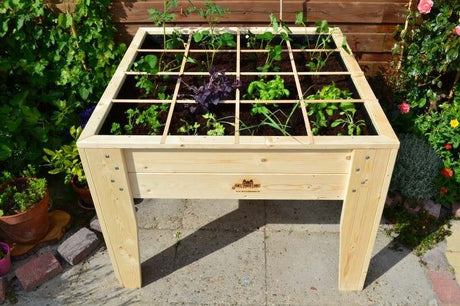
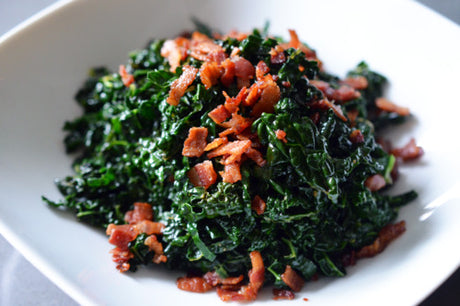
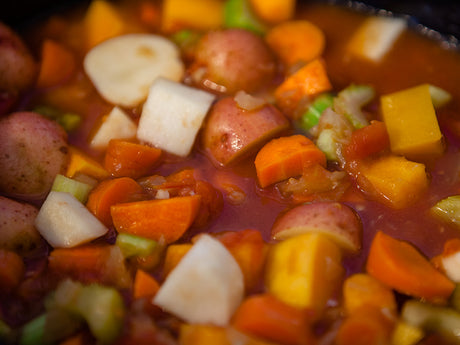
1 comment
Klein puntje ter informatie:
De saffraancrocus maakt (net als alle bloembollen) tijdens zijn rustperiode de bloemen aan. Het plukken van bloemen stimuleer dus niet een tweede bloei.